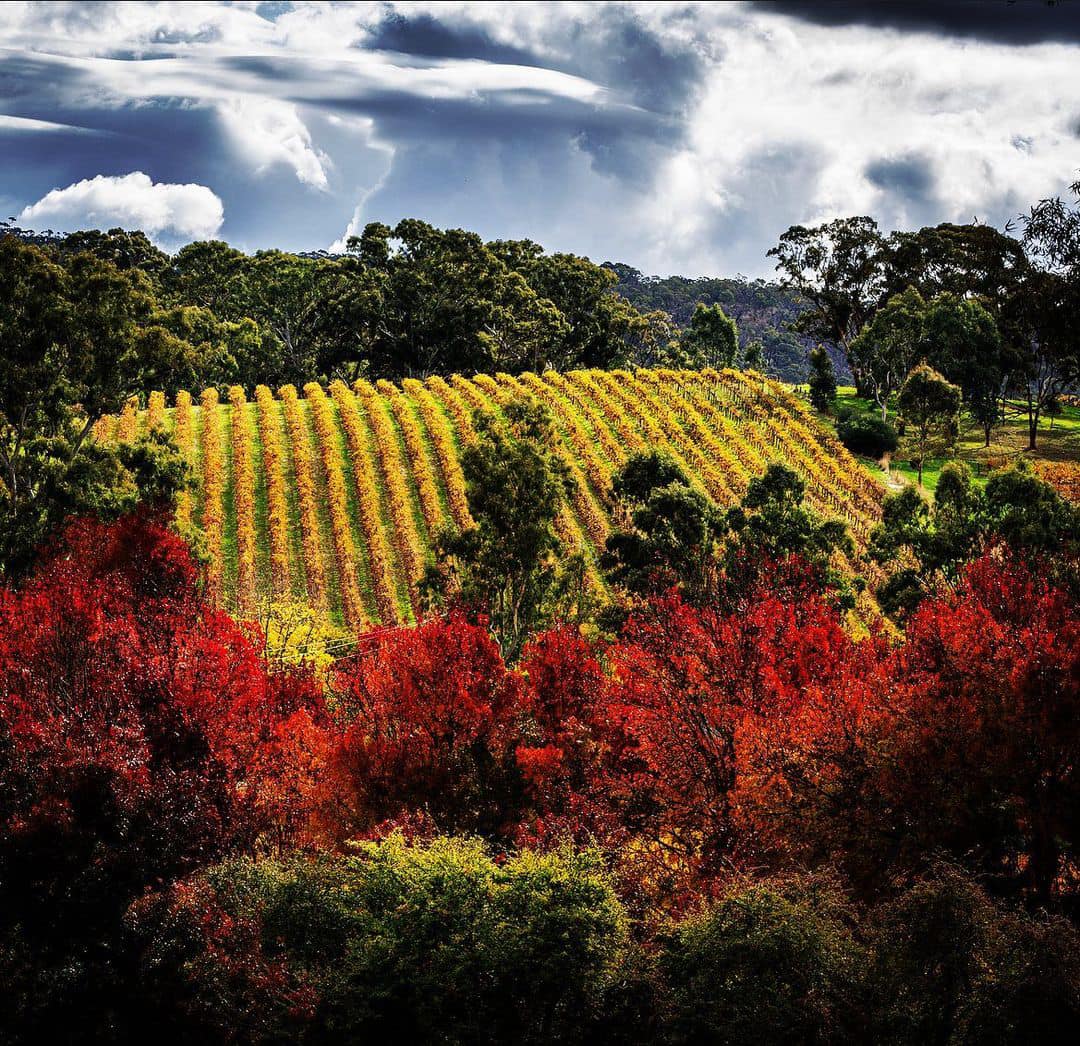The Wolf Post, supported by a Cultural Association, offers a professional service with free access, without subscription.
For this reason, a donation would also be a sign of appreciation for our work.
Clare Valley, named after the city of the same name, is located in the Mid North region of South Australia, about 130 km north of Adelaide surrounded by six valleys and five villages.
While historically the area thrived as an important service center for the surrounding agricultural district, it has been renowned as a wine region for the past 160 years.
Thirty-five boutique wineries, each with a different approach to winemaking. Some of them are obtained from stone cottages or historic buildings, surrounded by centuries-old churches or surrounded by large meadows.

©Clare Valley
Although the region is known for its production of Riesling (1056 ha), there are also vineyards of Shiraz (1886 ha) and Cabernet Sauvignon (1135 ha). These varieties make up nearly 80% of Clare Valley’s wine production. The varying altitudes up to 608m cause large diurnal temperature variations from day to night in summer, this allows these between varieties to thrive.
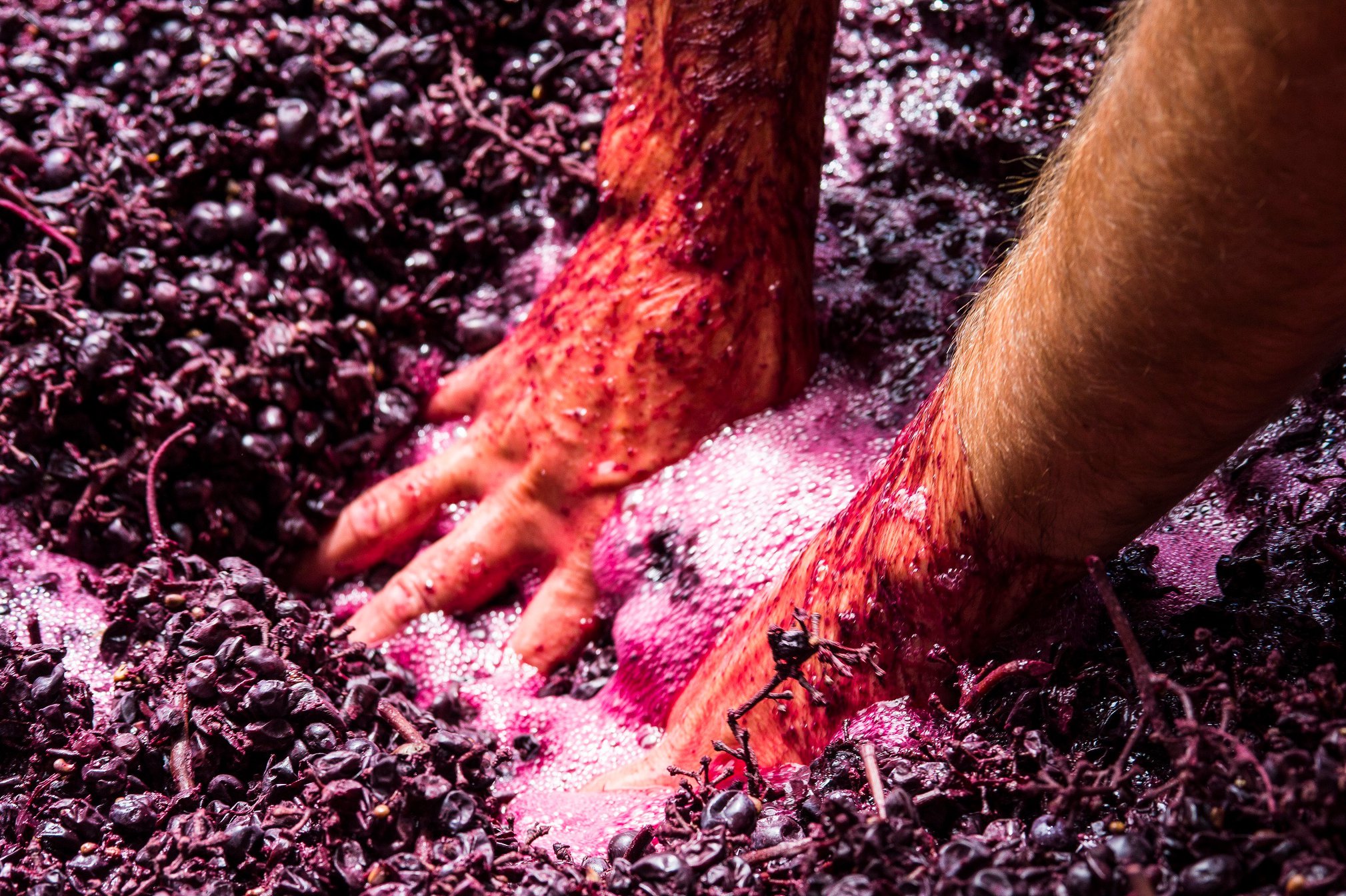
©Clare Valley
Other varieties from the area include Pinot Gris, Chardonnay, Semillon, Grenache, Mourvedre, Tempranillo and Malbec.
Between valleys and historic villages, the Clare Valley offers an interesting wine tourism itinerary, the result of a unique terroir of its kind. The Clare Valley terroir is a combination of altitude and ancient seismic soils.
From pioneering vignerons to modern viticulture, Clare Valley viticulture has changed and evolved over time. Many of the early varietals grown in the Clare Valley were suitable for fortified wines such as port, sherry and muscatel, followed by the production of traditional French varietals.
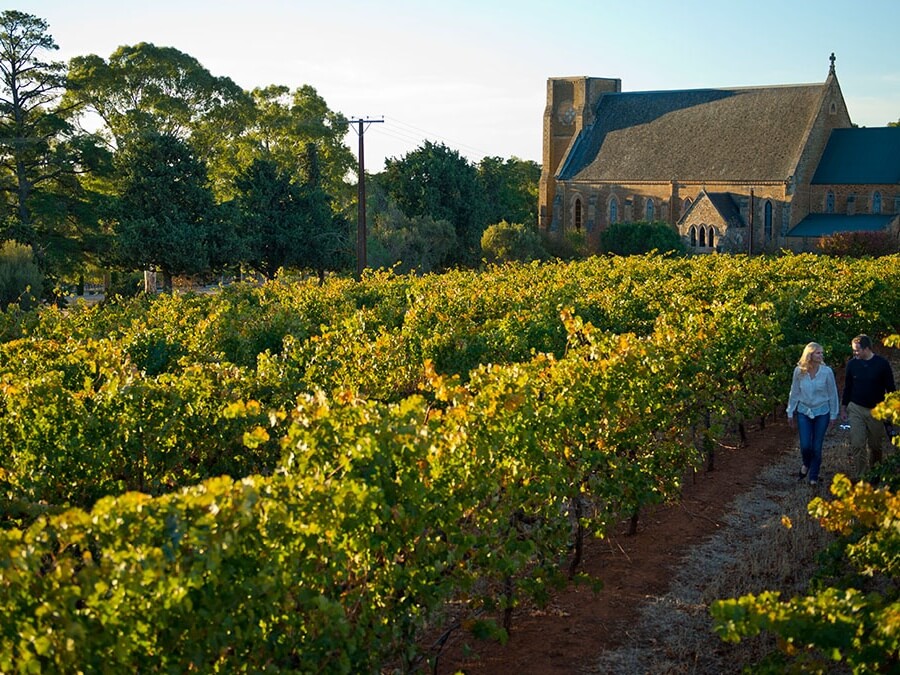
©Clare Valley
In the 1980s, vintners began to have an interest in alternative varieties, production of which increased in the early 2000s. Southern Mediterranean varieties, for example, are perfectly adapted to the warm climate of the Valley.
Among the alternative varieties Malbec is produced by fifteen winegrowers. However, it is Mediterranean varieties such as Temprenillo, Sangiovese and Fiano that have proven to be the most popular alternative varieties in the region.
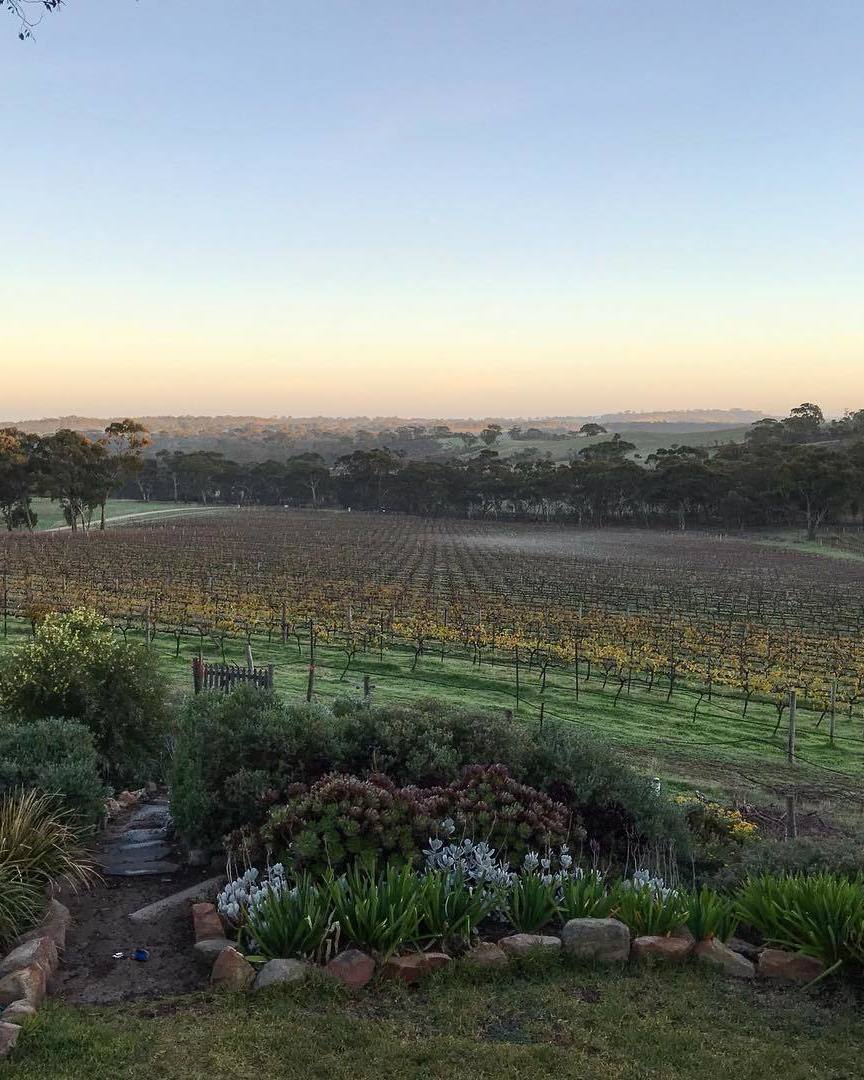
©Clare Valley
Artwine has continued to champion new varieties emerging in the Clare Valley, with its Montepulciano winning Best Wine of Show at the 2018 Clare Valley Wine Show. These varieties sit alongside other alternative varieties Fiano, Graciano and Temprenillo.
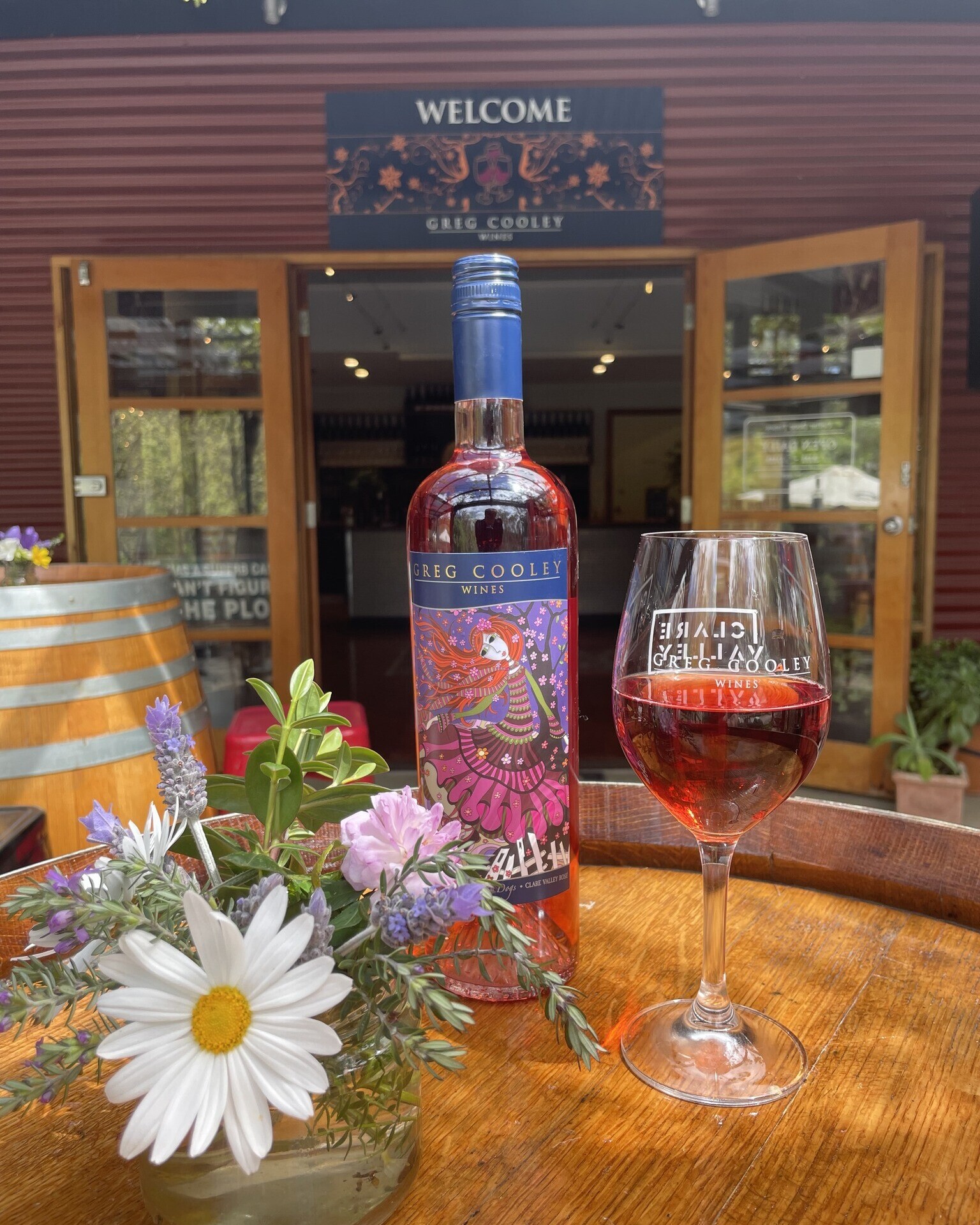
©Clare Valley
Jim Barry introduced Assyrtiko, adopting it from the Greek island of Santorini, where he went on vacation in 2006. It’s the variety’s ability to maintain high acidity and produce high-quality wines even in the face of intense heat that makes this variety an up-and-comer. an exciting prospect.
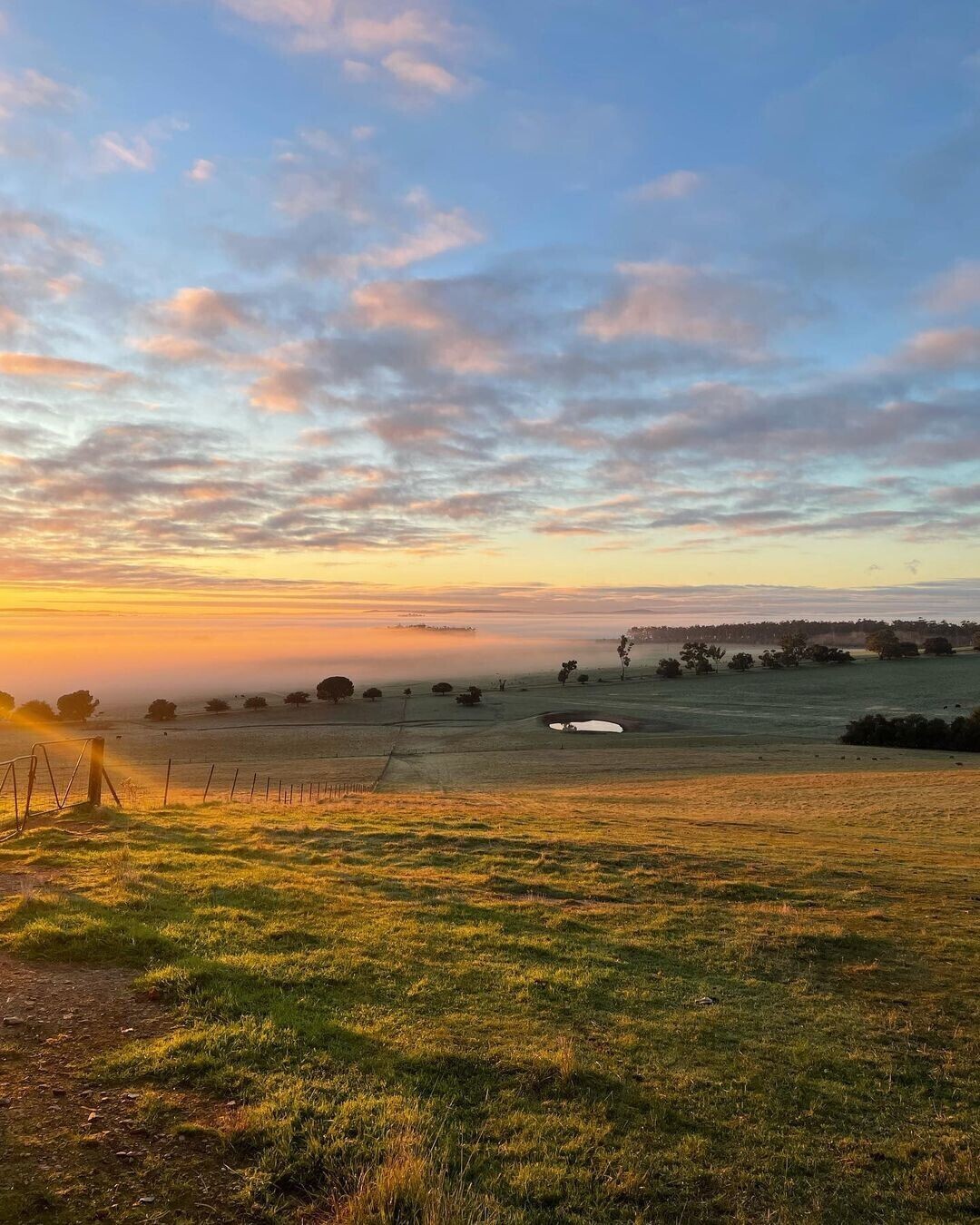
©Clare Valley
The region produces just 1% of Australia’s wine but is among the most awarded for top quality wines. Its wines, landscapes and climate make this wine-growing area a top-level tourism destination that can also benefit from long walks or bicycle rides.


